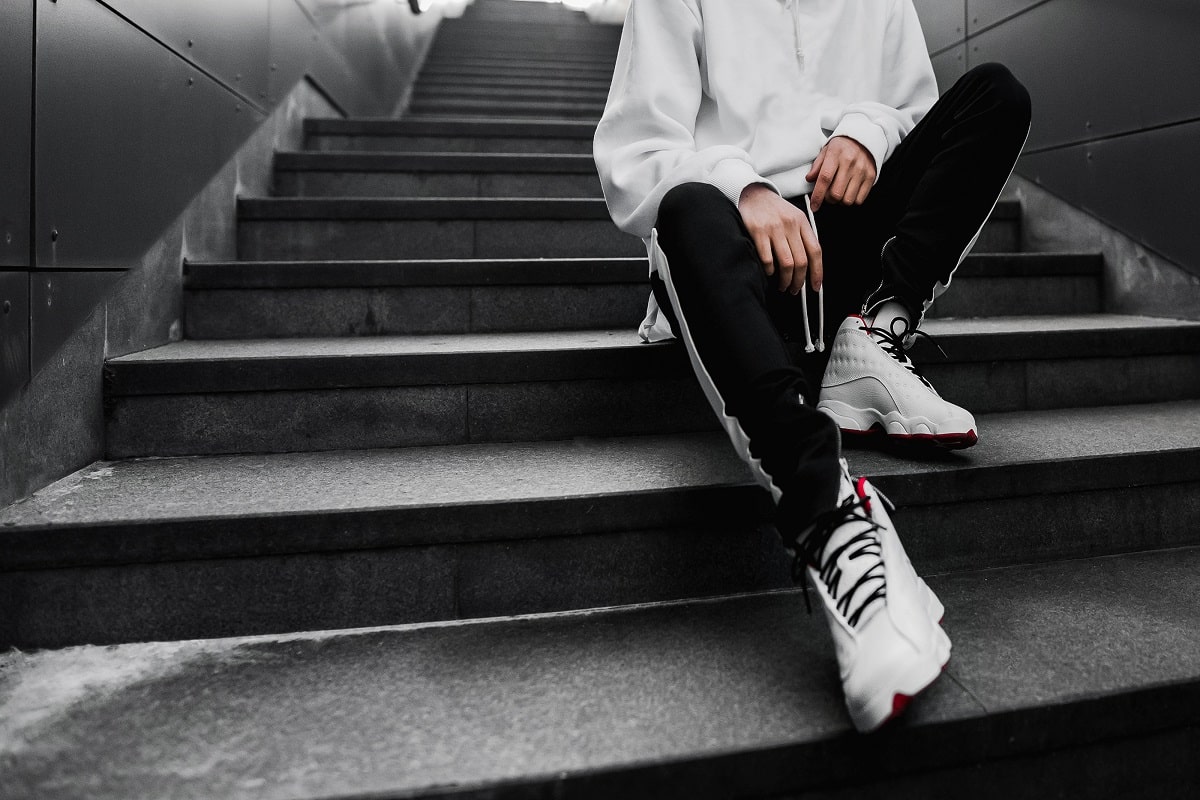In this comprehensive guide, we will explore the world of character design for animation, including tips, techniques, and insights to help you create compelling and memorable characters.
1. Understanding the Role of Character Design in Animation
Character design is much more than just drawing a visually appealing character. It involves creating a character that conveys emotions, personality traits, and motivations through their appearance.
In animation, characters serve as the heart of the story, driving the narrative forward and engaging the audience on an emotional level. A well-designed character can make a story memorable and resonate with viewers long after they have watched it.
2. Developing Strong Character Concepts
Before you start sketching or designing a character, it’s essential to have a clear understanding of who they are. Begin by defining the character’s backstory, personality traits, motivations, and role in the story.
Consider their age, gender, occupation, and any unique characteristics that set them apart. Creating a character profile can help you establish a solid foundation for your design and ensure that their appearance aligns with their personality and story arc.
3. Research and Inspiration
Research is a critical step in character design, as it allows you to gather inspiration and reference materials that can inform your designs. Look for inspiration from a wide range of sources, including art books, films, fashion, nature, and everyday life.
Studying different art styles and techniques can help you develop your own unique aesthetic and approach to character design. Keep a sketchbook or digital folder where you can collect ideas, sketches, and reference images for future projects.
4. Sketching and Iteration
Once you have a clear concept for your character, it’s time to start sketching. Begin with rough thumbnail sketches to explore different poses, expressions, and silhouettes. Experiment with various shapes, proportions, and details to find the design that best captures the essence of your character.
Don’t be afraid to make mistakes or try different approaches – iteration is a crucial part of the design process and can lead to unexpected and innovative results.
5. Refining Your Design
After you have settled on a rough sketch that you are happy with, it’s time to refine your design and add more details. Pay attention to anatomy, proportions, and posing to ensure that your character looks natural and believable.
Consider how different elements, such as clothing, accessories, and facial expressions, can enhance your character’s personality and story. Refining your design may involve multiple iterations and revisions to achieve the desired outcome.
6. Adding Color and Texture
Color plays a significant role in character design, as it can evoke emotions, convey moods, and enhance storytelling. Choose a color palette that reflects your character’s personality, environment, and narrative context.
Experiment with different color combinations, shading techniques, and textures to bring your character to life. Consider how light and shadow interact with your character’s design to create depth and dimension.
7. Creating Turnarounds and Model Sheets
Once you have finalized your character design, it’s essential to create turnarounds and model sheets to ensure consistency and accuracy in your animation. Turnarounds are detailed drawings that show your character from multiple angles, including front, side, and back views.
Model sheets provide additional information about your character, such as expressions, poses, and key features. These documents serve as a reference for animators and artists working on the project and help maintain visual continuity throughout the animation.
8. Collaborating with Others
Character design is often a collaborative process that involves working closely with other creatives, such as animators, writers, directors, and producers. Effective communication and teamwork are essential for bringing your character to life and ensuring that they align with the overall vision of the project. Be open to feedback, constructive criticism, and new ideas from your colleagues, as their input can help you refine and improve your design.
9. Showcasing Your Portfolio
As you continue to develop your character design skills, it’s crucial to build a strong portfolio that showcases your talent and creativity. Include a variety of character designs, sketches, turnarounds, and model sheets that demonstrate your range and versatility as a designer.
Consider creating an online portfolio or website where you can display your work and attract potential clients or employers. Networking with industry professionals, attending events, and participating in online communities can also help you gain exposure and opportunities in the animation industry.
10. Pursuing Education and Training
While talent and passion are essential for success in character design, formal education, and training can provide you with the skills and knowledge needed to excel in the field. Consider enrolling in animation programs, workshops, or courses that focus on character design and storytelling.
Institutions like NYU offer Animation Industry Essentials programs that cover various aspects of animation, including character design, concept art, and animation production. Additionally, platforms like Yellowbrick provide online courses and resources that can help you enhance your skills and pursue a career in animation.
Conclusion
In mastering character design for animation, creativity, dedication, and a deep understanding of storytelling and visual communication are required. By following the tips and techniques outlined in this guide, you can elevate your character design skills and create compelling and memorable characters that resonate with audiences.
Key Takeaways:
- Character design is a vital aspect of animation that brings characters to life and enhances storytelling.
- Developing strong character concepts involves defining backstories, personalities, and unique traits.
- Research and inspiration from various sources can fuel creativity and inform character designs.
- Sketching and iteration are essential steps in the design process to explore different possibilities.
- Refining designs with attention to detail, anatomy, and expressions can elevate character authenticity.
- Color and texture choices play a significant role in conveying emotions and enhancing character depth.
- Creating turnarounds and model sheets ensures consistency and accuracy in character portrayal.
- Collaboration with other creatives fosters teamwork and aligns character designs with project vision.
- Building a diverse portfolio showcases your character design skills and attracts potential opportunities.
- Pursuing education and training, such as the NYU Animation Industry Essentials program, can enhance your skills and advance your career in animation.
For further advancement in character design and animation, consider exploring the NYU Animation Industry Essentials online course and certificate program offered by Yellowbrick. Mastering character design is a continuous journey of creativity and skill development that opens doors to exciting opportunities in the dynamic world of animation.




